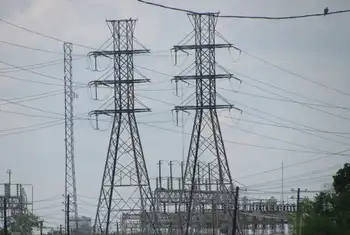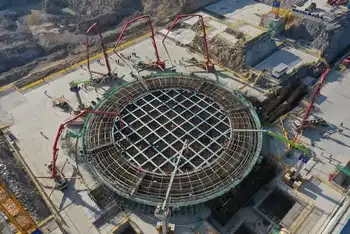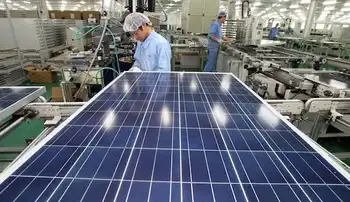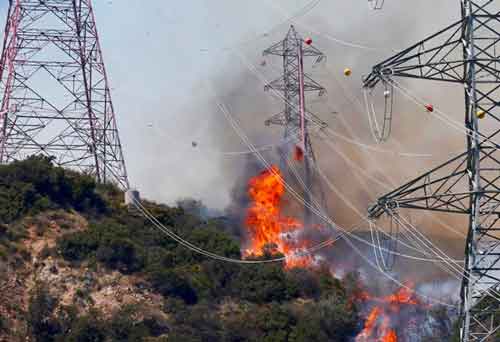Rapid Texas wind growth a warning to power market
By Reuters
High Voltage Maintenance Training Online
Our customized live online or in‑person group training can be delivered to your staff at your location.

- Live Online
- 12 hours Instructor-led
- Group Training Available
Wind turbines have been sprouting across the West Texas landscape at a rapid clip, advancing Texas to the top U.S. state in terms of wind energy capacity, according to the American Wind Energy Association which is holding its national convention in Houston beginning June 1.
Texas has 5,300 megawatts of installed wind generation, about one-fourth of the U.S. wind total.
State regulators welcomed wind farms into Texas' unfettered wholesale power market through a special process to designate the best wind-power production zones and to accelerate construction of power lines - costing from $3 billion to $6 billion - needed to link those remote areas to more populated areas of the state.
However, problems that surfaced in the Texas wholesale market as wind's influence reached a critical level this spring should be a warning for the rest of the nation, said Lawrence Makovich, vice president and senior power adviser at Cambridge Energy Research Associates.
"Wind is not a direct substitute for conventional power supply," said Makovich.
Wind farms only generate electricity about 35 percent of the time and cannot be turned on and off to predictably supply power when consumers turn on the lights, Makovich said. Because of its intermittent nature, wind is 30 percent to 40 percent more expensive than traditional power plants which must be ready to run when there is no wind.
The Texas grid operator has struggled in recent months with reliability issues and unexpected price volatility related to wind power that has led to the default of two small power retailers. Some market participants are beginning to question the need and cost associated with rising levels of wind.
Wind is attractive if added in moderation, Makovich said.
"It has a desirable environmental profile, but you want to incorporate a smart amount of wind," he said. "If you add too much, you may impose too much additional cost."
A U.S. Department of Energy study issued this month said wind energy could provide 20 percent of the nation's electric supply by 2030, but it identified equipment supply, siting and transmission as limitations.
As states have rushed to require utilities to add renewable power, such as wind generation, to reduce carbon dioxide emissions blamed for global warming, demand for turbines has outstripped supply, Makovich said.
"Instead of having the cost of wind decline as in years past, the demand from all the states has created a shortage," he said. "The cost of wind is increasing as fast as anything you can find in the power sector."
States need to pace the expansion of wind generation to avoid creating excess costs for consumers, Makovich said.
"We have not coordinated and paced the demand for wind power to encourage scale and reduce costs," he said.
Texas market participants are working to address the mostly unforeseen problems that came with expanding wind output, and regulators will soon determine how many power lines to build to serve the wind zones.
Dan L. Jones, an independent watchdog of the Texas wholesale market, is currently looking into extreme price spikes for real-time energy, caused in part by the wind's expanding influence. "Any discussion we have is going to include the wind because it has such a significant presence," Jones said.
"There is room for more wind, but we don't know what the upper limit is," said Kim Casey, executive vice president at Houston-based Fulcrum Energy. If natural gas prices remain at current high levels, Texas will benefit from the wind, she said.
"There is a premium to wind that we need to face up to," said Makovich. "We can add some wind to get the environmental benefit, but we need to be careful. If we add too much, too fast, it will increase prices much more than you need to."











